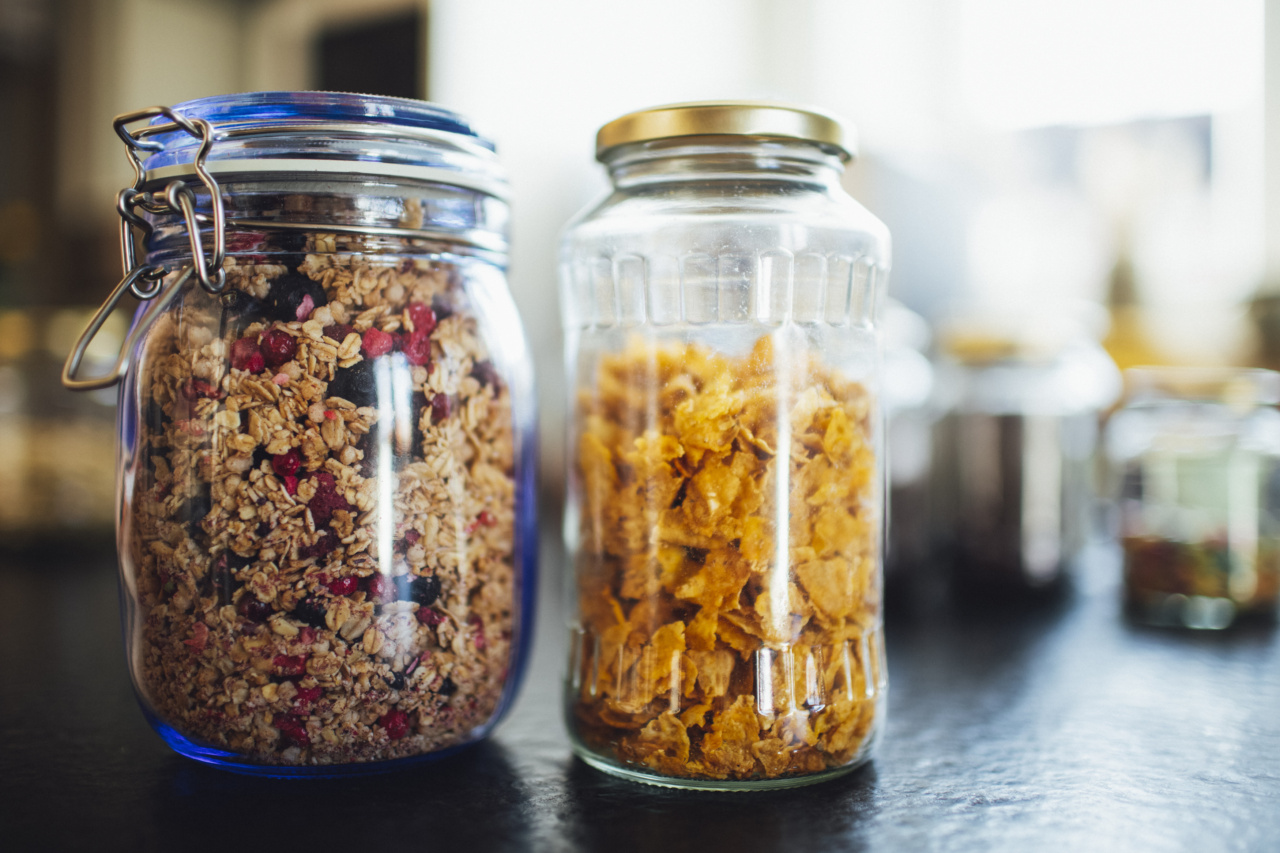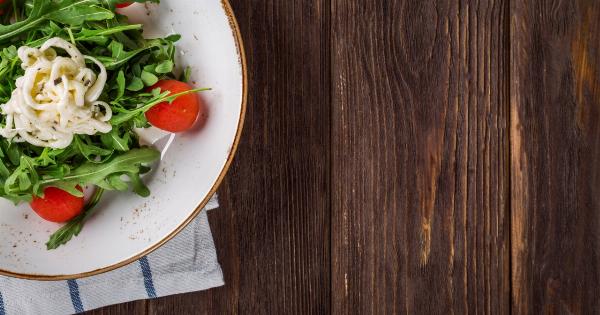A low sodium diet, also known as a low salt diet, is a way of eating that focuses on reducing the amount of sodium consumed. Sodium is a mineral that is found in salt and is necessary for our bodies to function properly.
However, consuming too much sodium can have negative effects on our health, including an increased risk of high blood pressure, heart disease, and stroke. Therefore, adopting a low sodium diet can have numerous benefits for our overall well-being.
Foods to Eat More Of
When following a low sodium diet, it’s important to choose foods that are naturally low in sodium or have no added salt. Here are some foods that you can include in your diet to reduce your sodium intake:.
1. Fresh Fruits and Vegetables
Fresh fruits and vegetables are naturally low in sodium and rich in essential nutrients, including vitamins, minerals, and fiber.
Incorporating a variety of colorful fruits and vegetables into your meals can not only help you reduce sodium but also provide numerous health benefits. Make sure to choose fresh or frozen options rather than canned, as canned varieties often contain added sodium.
2. Whole Grains
Whole grains, such as brown rice, quinoa, oats, and whole wheat bread or pasta, are excellent choices for a low sodium diet. These grains are minimally processed and do not contain added salt.
Whole grains are also high in fiber, which can aid in digestion and promote heart health.
3. Lean Protein Sources
Opt for lean protein sources like skinless poultry, fish, tofu, and legumes. These foods are not only low in sodium but also provide essential nutrients like protein, vitamins, and minerals.
Be mindful of processed meats like sausages and deli meats, as they tend to be higher in sodium. When cooking, try seasoning your protein with alternative herbs and spices instead of salt.
4. Herbs and Spices
Herbs and spices are a fantastic way to add flavor to your low sodium meals without relying on salt. Experiment with different combinations of herbs and spices to enhance the taste of your dishes.
Some common options include basil, rosemary, oregano, thyme, turmeric, cinnamon, and cumin. Not only will they help cut down on sodium, but they also have potential health benefits.
5. Dairy Alternatives
If you’re used to consuming dairy products like cheese and butter, consider incorporating dairy alternatives into your low sodium diet. Look for low sodium or salt-free options for milk, yogurt, and cheese.
Additionally, plant-based options like almond milk and soy-based yogurts can be flavorful alternatives that are naturally lower in sodium.
6. Nuts and Seeds
Nuts and seeds, such as almonds, walnuts, chia seeds, and flaxseeds, are nutritious additions to a low sodium diet. They provide healthy fats, proteins, and essential minerals.
However, be mindful of commercially flavored or salted nuts, as they often contain added sodium. Choose unsalted or lightly salted varieties instead.
7. Homemade Meals
Cooking your meals at home allows you to have better control over the ingredients and sodium content. When preparing meals, opt for fresh ingredients and use minimal amounts of salt or no salt at all.
Experiment with different herbs, spices, and natural flavorings to enhance the taste of your dishes without adding sodium.
8. Condiments and Sauces
Many condiments and sauces can be high in sodium, so it’s essential to choose low sodium alternatives or make your own at home.
Mustard, hot sauce, salsa, and vinegar-based dressings can add flavor to your meals without significantly increasing your sodium intake. Read labels carefully and choose options labeled as “low sodium” or “no added salt.”.
9. Sodium-Free Seasonings and Broths
Look for sodium-free seasonings and broths to enhance the taste of your dishes. These products are specifically made without added salt and can be great alternatives to traditional seasonings.
Additionally, some low sodium or salt-free broths are available, which can be used as a base for soups, stews, and other flavorful recipes.
10. Unsweetened Beverages
Many beverages, including sodas and sports drinks, can be surprisingly high in sodium. Opt for unsweetened beverages like water, herbal teas, and 100% fruit juices to quench your thirst without adding unnecessary sodium to your diet.
If you prefer carbonated drinks, choose sparkling water or club soda instead of sodium-laden soft drinks.
Conclusion
Adopting a low sodium diet has numerous benefits for our health, particularly reducing the risk of high blood pressure, heart disease, and stroke.
By incorporating a variety of fresh fruits and vegetables, whole grains, lean proteins, herbs and spices, and other low sodium options into our meals, we can enjoy flavorful and nutritious dishes while minimizing our sodium intake. Remember to check labels for sodium content and opt for low sodium or salt-free alternatives whenever possible. With a little creativity and conscious food choices, a low sodium diet can contribute to our overall well-being.

























